Solutions
Horse Construction offers full range of structural strengthening materials with technical supports, documentation supports, products supports, project supports.
Carbon Fiber Reinforcement Construction: Several Details That Cannot Be Ignored
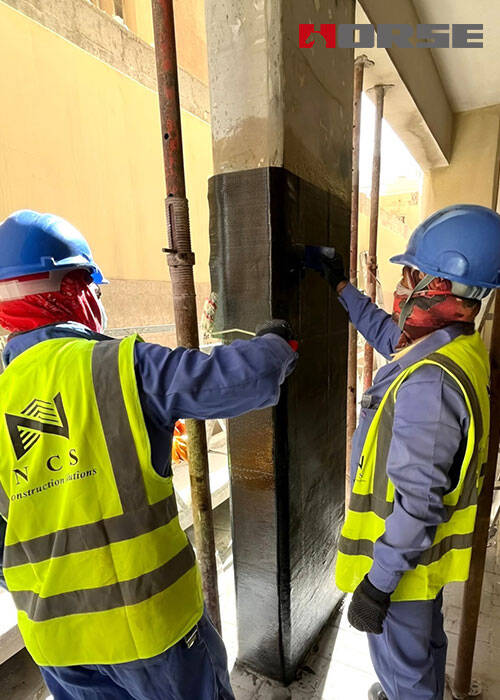
"Don't treat carbon fiber reinforcement like wallpaper! If even one detail is missed, your life-saving 'armor' can quickly become 'decorative,' threatening building collapse!" While carbon fiber reinforcement may seem simple, every step is a life-or-death struggle.
Follow Shanghai Horse today to uncover the critical details that determine a project's success and see how to make carbon fiber reinforcement a true lifesaver for your building!
1. Pre-construction: Double Inspection of Materials and Substrate
Pre-construction preparation is the starting line for carbon fiber cloth reinforcement; even the slightest mistake can lead to complete failure. Shanghai Horse is known for its obsessive-compulsive disorder when it comes to material selection. The carbon fiber cloth uses Japanese Toray T700-grade strands, and each roll undergoes 13 tests before leaving the factory. The measured tensile strength must consistently exceed 3400 MPa, 10% higher than the national standard. The accompanying impregnating adhesive is even more exceptional, using a modified epoxy resin formula with a bond strength of up to 5.5 MPa. It maintains exceptional adhesion even in extreme temperatures ranging from -40°C to 80°C. In the reinforcement of a cross-sea bridge pier, the carbon fiber cloth + impregnating adhesive combination, after ten years, withstood a force 12 typhoon, and during testing, the adhesive layer and concrete remained firmly bonded.
Substrate preparation is the "foundation work." The concrete surface must undergo a three-step cleanup: first, a high-pressure water jet with a force of 5MPa is used to rinse away all oil and laitance. Then, an angle grinder is used at 1500 rpm to grind until the surface roughness reaches 60-80 microns, giving it a sandpaper-like grip. Finally, an acetone wipe is used to ensure that no dust remains. During the reinforcement of an old factory building, the construction team was lazy and only used a broom to sweep. As a result, the carbon fiber cloth had large areas of hollowing just three months after it was applied. Testing revealed that the bond strength was less than 30% of the standard value, forcing the team to tearfully rework the surface.
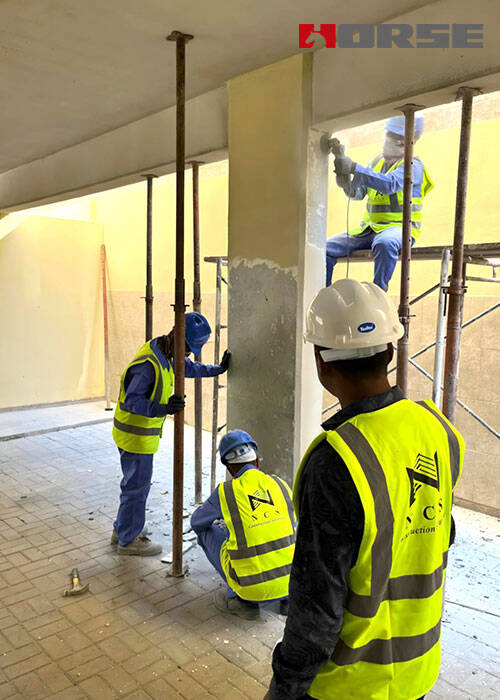
II. Construction: The "Devil's Detail" at Every Step
1. Cutting and Weighing: Millimeter-Level "Life-or-Death Precision"
Cutting carbon fiber cloth is not as simple as a "snap." Dimensional tolerances must be kept within ±1mm, and a dedicated high-temperature cutter must be used to prevent fiber unraveling. Weighing the impregnating adhesive is even more challenging—an electronic scale with 0.1g accuracy is required, and components A and B must be mixed in a strict 3:1 ratio. Not a drop more or less will do. At one construction site, rushing a project, sloppily cut the cloth with scissors. The result was a rough edge, and the fibers broke under stress. The adhesive was also mixed by feel, resulting in some areas being as hard as stone after curing, while others were as soft as plasticine, effectively ruining the reinforcement.
2. Gluing and Pasting: A Race Against Time
The gluing process is a race against time. The impregnating glue has a pot life of only 30-45 minutes, so the construction team must complete the process within this "golden time." First, apply a 2-3mm thick layer of glue evenly to the concrete surface and the back of the carbon fiber cloth. Immediately bond the two surfaces together, repeatedly rolling them with a special roller at a pressure of 5kg/cm² to expel all air. During the reinforcement work on a commercial building, the construction team was too slow, and the glue thickened in the bucket. Ultrasonic testing after the application revealed a 60% hollow rate. Ultimately, they had to cut the pieces off with a cutter and reapply them. The wasted materials and time left the owner devastated.
3. Curing and Maintenance: A "Special Treatment" More Delicate Than Raising a Child
Applying the carbon fiber sheeting isn't the end; it's the beginning of a "tough journey." Curing must take place at room temperature for 72 hours, with no disturbance allowed. Winter construction is even more challenging: Double layers of electric blankets are required to maintain a temperature of 15-25°C, followed by rock wool blankets for insulation, and a waterproof tarpaulin for the final layer. During the reinforcement of a garage in a northern residential complex, the construction team neglected to insulate. As a result, a cold wave hit, freezing the adhesive into ice. The carbon fiber sheeting easily peeled off, forcing complete rework.
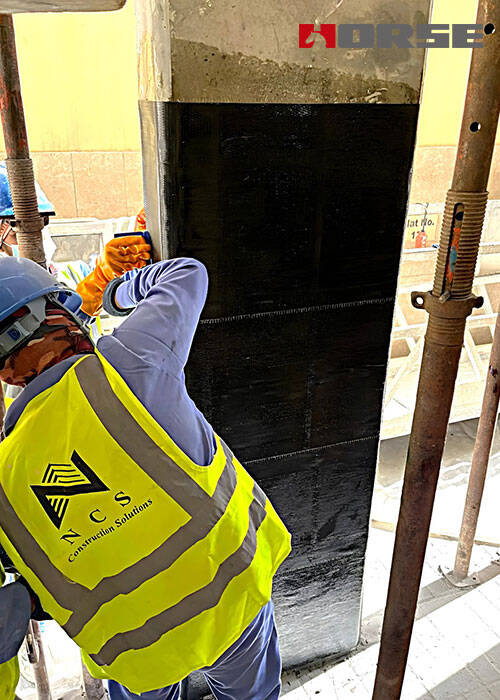
III. Post-Construction: The "Final Judgment" of Inspection and Acceptance
Construction completion doesn't guarantee safety; inspection and acceptance are the ultimate test. A "double-strike" inspection method is employed: first, a percussion "stethoscope" is used. Workers use a small hammer, tapping each point like a traditional Chinese medicine pulse reader. Hollows are detected based on the sound, and rework is required if the number exceeds 10%. Destructive testing is then performed using specialized tensile testing equipment. The tensile strength at a single point must exceed 1.2 times the design value. During the inspection of a school's seismic reinforcement, the tensile strength of a beam-column joint was found to be 0.3 MPa lower than the design value, requiring complete dismantling and re-tacking.
IV. My "Burning Temper" Comment: Cutting Corner Is "Threatening for Money and Life"
Some people always think that carbon fiber reinforcement is "just enough." I really want to tell them off! The dedication to every detail is earned through hard work and tears. In the projects I've worked on, buildings constructed to standard standards remained rock solid even after an 8.0 magnitude earthquake. However, those that cut corners experienced wall cracking or structural collapse within three months or two years, with rework costs exceeding five times the original cost.
Carbon fiber reinforcement is a lifesaver if done well, but a death warrant if done poorly! After reading these details, do you still dare to underestimate this technology?
You can find anything here you are in need of, have a trust trying on these products, you will find the big difference after that.
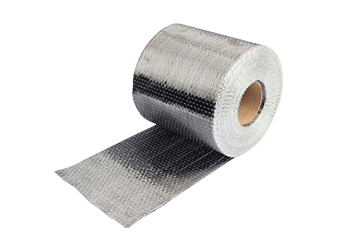
High strength, unidirectional carbon fiber wrap pre-saturated to form a carbon fiber reinforced polymer (CFRP) wrap used to strengthen structural concrete elements.
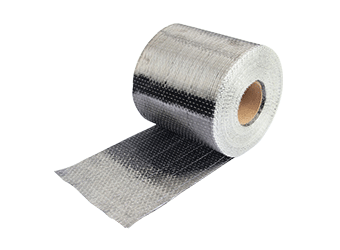
High strength unidirectional carbon fiber fabric for concrete repair and structural strengthening
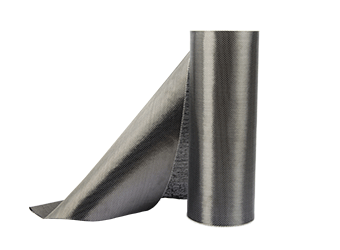
High strength unidirectional carbon fiber fabric for concrete repair and structural strengthening